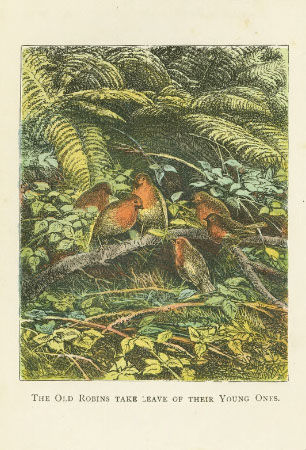roll over image for additional information / click image to view complete book
The fact that children are fascinated by animals is hardly surprising, but what is compelling at this time is how new so many animals were to young readers. Exotic animals such as elephants, tigers, sloths, and kangaroos were less-than-credible novelties to children and parents in the early 19th century. In writing natural histories, women were able to place these animals in context, and could extol the wonders nature in terms of utility, beauty, and complexity. Often animals were praised for their sagacity. An Indian elephant, Lucy is told in Maria Edgeworth’s Harry and Lucy, refused “to go over a bridge...knowing by half reasoning instinct that it was not strong enough to bear his weight.” “Engineers
and architects,” Lucy learns, “may be mistaken in their calculations, but [the elephant] never is.” The lessons learned from animals were never simple, and Lucy’s mind is introduced not merely to the so-called “wonders of creation,” but also the reach of the British Empire.

Sarah Trimmer (British, 1741-1810). The Old Robins Take Leave of Their Young Ones from Story of the Robins. 1870. Frederick Warne & Co. 23h18103. Baldwin Library of Historical Children’s Literature, Special & Area Studies Collections, George A. Smathers Libraries, University of Florida.
Explore more
Geography
Botany
Zoology